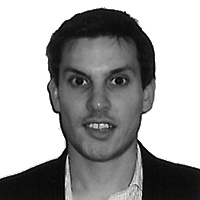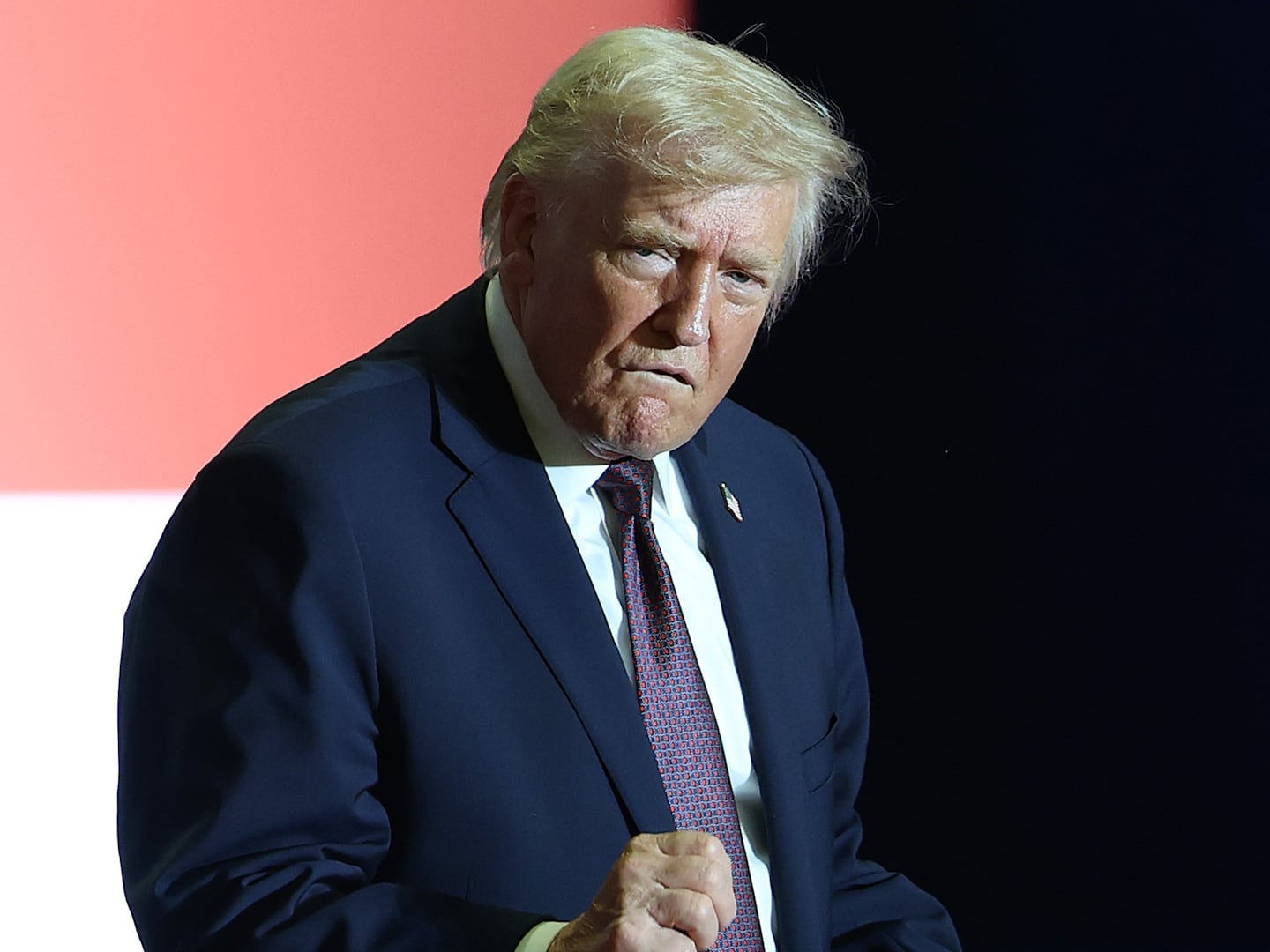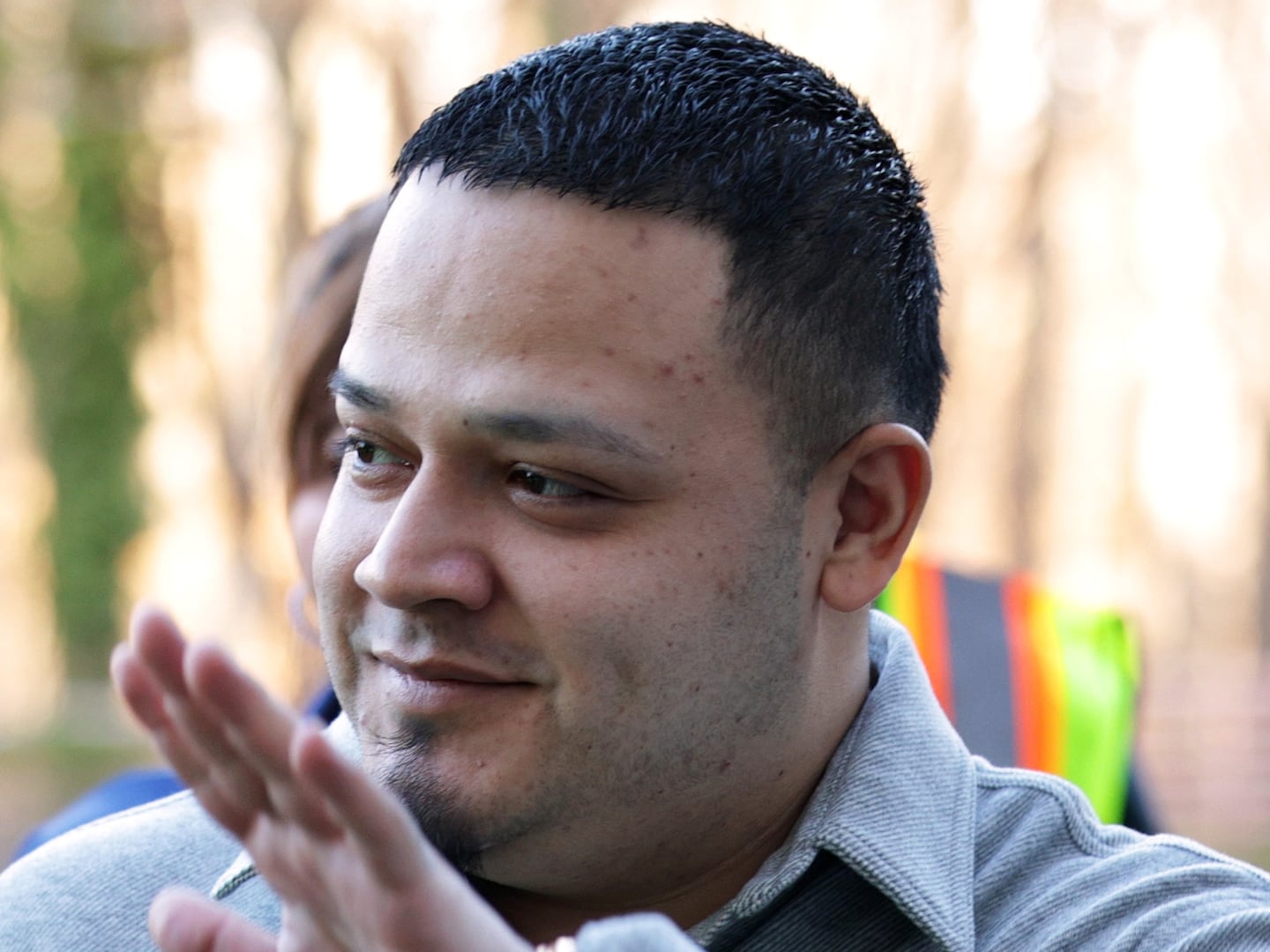All kinds of things happen on subway platforms. People meet, argue, commit criminal acts, suffer accidents and fall in love (I should know; a decade ago I met my wife on the London Underground). But even set against the regular entertainment to be found riding the New York City Subway, the scene just after midnight on Friday at the 96th St 1,2,3 stop was surreal.
A crowd of around 15 people were gathered to watch a cellist play a suite by Johann Sebastian Bach next to a sign reading: “We do not want money but ask simply that you listen with your heart and soul.” The audience shifted as people caught their trains, the announcement, arrival and departure of which loudly interrupted the music.
Welcome to the fourth ”Bach in the Subways Day.” It’s an annual music event dedicated to showcasing the music of the German baroque composer that occurs on his birthday. (This year Bach would have been 329.) The performer was Dale Henderson, the founder of Bach in the Subways, a Bostonian cellist and music teacher who now lives on Manhattan’s Upper West Side.
Henderson, 37, whose feverish facial contortions while playing the cello place him in the visually expressive school of classical musicians, originated the day in 2011 with two other performers. This year there are 75 participants in 13 cities spanning 3 continents. In addition to stations throughout America, Bach was performed last Friday in Canada and Germany by violinists, saxophonists, double-bassists and accordionists for between one and two hours a set. In Taipei, Taiwan, a Bach flash mob consisting of cellists and tuba players took over a train.
At Henderson’s midnight recital, the cluster of people that saw him perform resembled a crowd surrounding a crime scene. One woman, Bo Park, shouted at Henderson, “How long have you been playing? For a few hours?”
“Five minutes,” came the reply.
“I love how he’s playing in the subways,” Park said as she stepped into her subway car. “But why is he playing?”
Why indeed? While Henderson continues playing, Sudeshna Mukerjee, who handles the social media for the initiative, fills me in on the ambitious motive which is a crusade to save classical music from extinction. “Dale’s notion is sowing the seeds of the future generation”, she says. “Classical music is dying out so with this initiative he’s trying to save music and expose people to it by raising awareness.”
When I catch up with Henderson afterwards he is aware of the pitfalls of sounding pretentious (“I try not to be gloom and doom about it because it’s not attractive”) but soon warms to his theme. “I’ve always connected with Bach in a special way,” he says. “Bach in the Subways is a soup kitchen for a world starving for classical music.”
Not everyone is hungry. During a lunchtime performance by saxophonist Jeremy Danneman at Brooklyn’s Lorimer Street station, I interrupt a couple sharing a tender embrace to tell them about Bach in the Subways. “I would prefer to hear ‘The Entertainer,’” the young lady says (they declined to give their names). Her paramour disagrees: “It’s amazing how the saxophone corresponds with the composer.”
After his two-hour set Danneman, 34, a wiry dead ringer for Sean Penn’s lawyer character David Kleinfeld in the film Carlito’s Way, tells me he shares his birthday with Bach. “The highlight was a school field trip that came specially to see Bach in the Subways who were perfectly behaved,” he says. “I don’t know which school it was but they got here on the G train.”
Danneman is no stranger to public performances--he founded a non-profit music charity Parade of One that performs in Rwanda--but for the Bach gig he modified his location. “I started on the Brooklyn-bound side but got a better reaction on the Manhattan-bound side. More people are going to Manhattan because they’re getting started on some sort of action and on the other side they’re on the way home.”
Bach, who was himself a keen organ player as well as composer, seems well-suited for buskers. “People don’t expect to hear Bach so that makes it almost a humorous thing,” Danneman says. “There’s a very close relationship between the way Bach composed and the way jazz musicians improvise. Charlie Parker was really influenced by Bach.” Other players felt a kind of cultural civic duty. “I especially love it when parents and their kids stop to talk to me about what it’s like being a musician and where they can go to learn how to play,” says cellist Layne McNeish who played Bach at the 47-50 Rockefeller Center St station during morning rush-hour before going to her job as a Broadway PR.
As Bach on the Subways has grown in size and stature, its audience has expanded beyond surprised strangers. Software programmer and part-time musician David de la Nuez, from Washington Heights, brought along a chair to watch Henderson play at midnight. “I took a two-hour nap before I came here,” he said before adding, “my wife and I will likely fight tomorrow about who gets to stays at home to be with the kids and who sees more Bach in the Subways.”
Such reactions vindicate Henderson’s dream. He’s also grateful to the MTA for being so accommodating to his access requests: “New York is the best place in the world for this. In LA there were problems that were only solved at the last minute. In Berlin they had to call it off because the authorities were so authoritative.”
The consistency of the help provided by New York’s transit authorities is not matched by the reaction from the audience. “One guy got really angry I wouldn’t take a dollar and poked me while I was playing,” Henderson recalled. “And a homeless person writhed in seeming ecstasy while I played. That wasn’t such a bad thing--I’ve had worse reactions!”





